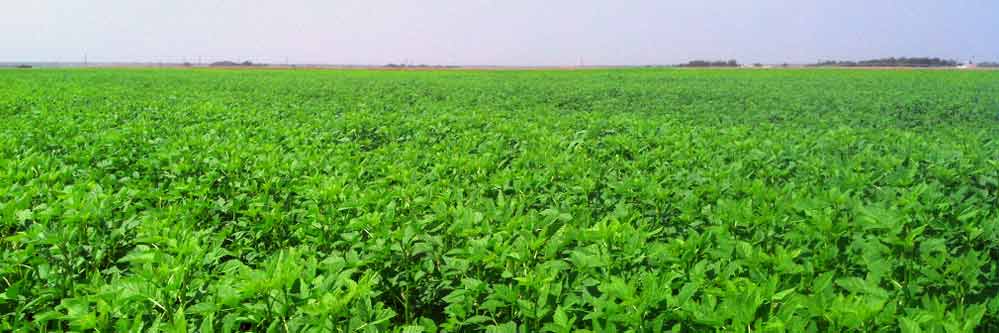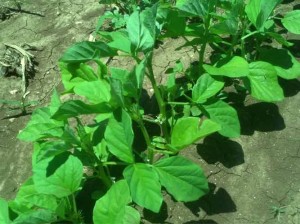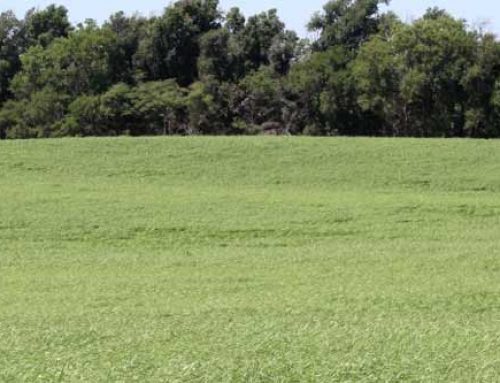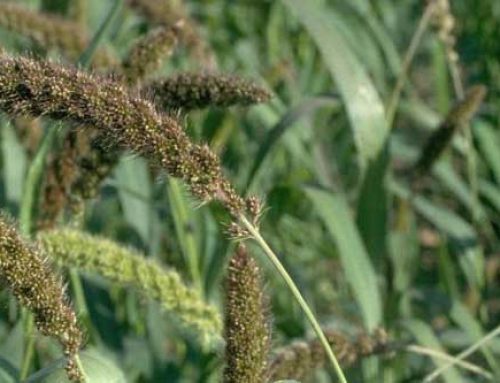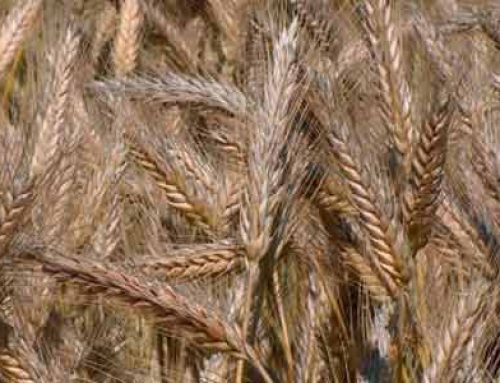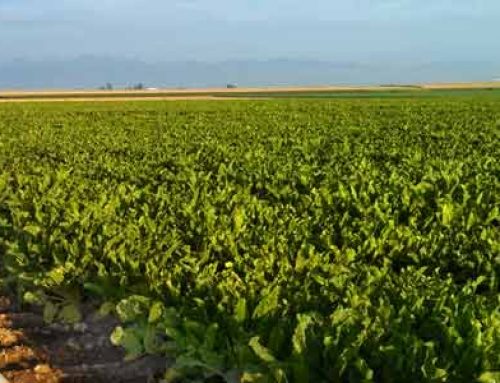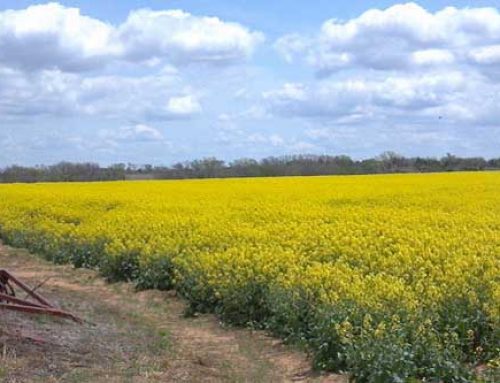What do shale oil, ice cream, and paper have in common? They all need guar, a member of the legume family. These products, plus many more, use ground up guar endosperm, better known as guar gum. In the past, guar has not been a crop with much publicity. As demand goes up, that is quickly changing.
With the rise in gas prices, there is a recent interest in hydraulic fracturing (also known as fracking) for shale oil. Guar gum is used as a gelling agent in the fracking process. This has caused demand for the guar bean to skyrocket. Ninety percent of the guar grown in India is exported strictly for the use of shale fracking. Many Indian farmers have abandoned growing other crops to jump on the guar bandwagon. It is risky business with gas prices constantly fluctuating and oil being a volatile market. That being said, it takes about 70 acres of guar to produce enough gum for one fracking job. That’s a lot of guar!
The demand is high, supply coming from inside the US is low, prices for guar are rising – but are these reasons enough to make it worth growing? There are other pros to growing guar. For example, it is a low maintenance crop. For Crop Quest’s South Texas farmers, pest problems have been few and far between, negating the need for insecticides. Being a legume, guar replenishes the ground with nitrogen, making it a good rotation crop. It also eliminates the need for nitrogen fertilizer. It is a summer annual that takes about 90-120 days to fully develop. This short growing season allows farmers to potentially plant wheat behind guar. Plus, with enough moisture, it is a good dry land option.
If irrigation is needed, using an overhead system can actually be damaging to the crop. Most likely, it washes the pollen out of the plant. With too much water the crop has a tendency to lose its blooms altogether. Another challenge of growing guar is the lack of labeled herbicides available. Weeds can be a real problem; so much so that cultivation may be the best option, or hoeing crews are needed in some cases!
The diverse little bean grows best in a sandy soil mixture. It also likes an arid, hot climate. India is the main worldwide producer of guar, but inside the US it is mostly grown in Texas and Oklahoma. Guar could also thrive in other desert climates such as Arizona or New Mexico.
Although the future demand of guar gum seems to hang in balance with shale oil fracking, it is still a crop worth considering. Trends seem to be saying that demand for guar will continue to increase in the next 8-10 years. If you are curious about the benefits of growing guar or it is a crop you want incorporate into your rotation, contact Scott Beguelin with Crop Quest.
Featuring: Scott Beguelin, Uvalde, TX
